September 18-21 | Indianapolis, Indiana
This year, Asphalt Materials Inc. and Heritage Research group attended the National Pavement Preservation Conference (NPPC) hosted by the National Center for Pavement Preservation (NCPP). Sessions were held to further knowledge, development, and research regarding the preservation of pavement. The poor condition of our roads results in $130 billion dollars added to vehicle repairs and operating costs per year (Alabama DOT). To avoid such situations, we must establish an effective preservation program and protect infrastructure investment.
DAY 1
On day one, we heard from several presenters that traveled near and far to share their advice, best practices and research. Below we highlight some of the speakers and key topics they discussed.
Mike Smith: Commissioner of Indiana (INDOT)

The Indiana Department of Transportation (INDOT) has owned and maintained more than 5,700 bridges and has nearly 30,000 roadway lane miles. INDOT has created a long term, fully funded plan to improve Indiana’s roadways and bridges that consists of fixing what they currently have, finishing what they have started, planning for the future, and impacting the surrounding cities, towns and counties.
Mike shared that at the highest level it is important to invest in our infrastructure, keep roads in good condition longer, use taxpayer dollars wisely and be environmentally sensitive. Looking ahead, INDOT plans to focus on the quality of the pavement life including preservation techniques, economic development, resiliency, and sustainability.
George Connor: Deputy Director, Operations (Alabama DOT)

George Connor discussed the preservation challenge and how important it is that we create longer lasting pavements. It is a challenging undertaking because the road system has 4.2 million centerline miles. The nation’s infrastructure is valued at $8.3 trillion, and in 2019 federal state governments spent $3.6 billion on highways.
Pavement preservation is important because of the people and communities it impacts. Roadway networks connect about 7.9 million business establishments with customers, suppliers and workers. In 2018, roadway networks served about 327 million residents and 80 million international visitors. Transportation infrastructure has a major economic impact, so we must work together to share pavement preservation techniques that are working well.
DAY 2
On day two of the conference, several of our own were able to speak about advancements in asphalt emulsions, workforce development strategies, and cold recycled pavements.
Dan Swiertz: Asphalt Materials Inc. | Lab Manager
Latest Advancements in Emulsions
The use of asphalt emulsions is ubiquitous throughout the lifecycle of an asphalt pavement. From new construction to recycling and reclamation, emulsions are formulated to deliver performance across a range of climatic regions and construction variables. New and innovative advancements in emulsion technology have created valuable opportunities for contractors and road owners alike. This presentation examined several advancements including penetrating emulsion and micro surfacing that offer unique opportunities to extend the pavement lifecycle.
Kierstin Janik: Heritage Construction + Materials | Chief Talent Officer
Workforce Development Strategies
As construction companies face lower workforce participation and an ageing workforce. The U.S. Bipartisan Infrastructure Law projects potentially creating 3.2 million new jobs across the non-residential construction value chain, and 300,000-600,000 new construction workers are needed to fill the gap with projected peak needs around 2027-2028. As a result, companies must develop holistic strategies to engage potential new employees and increase workforce development.
Kierstin discussed some approaches HC+M has taken recently including highlighting its employer brand through social media and emphasizing the industry’s meaningful work, safety, support and good wages. She also shared more about HC+M’s talent acquisition strategy that prioritizes investing in the future though programs with middle schools, high schools and universities.
Megan Yount: Heritage Research Group | Pvmt. Mat Engineering Manager
Characterizing Cold Recycled Pavements from Field-Sampled Cores
Replicating field-placed Cold In-place Recycled (CIR) and Cold Central Plant Recycled (CCPR) pavements with lab-produced mixtures may not accurately capture field conditions during construction, exact material proportions, or compaction effort. These factors often influence the resulting mixture properties, causing uncertainty that lab-produced mixtures reflect that of the in-situ pavement mixture. Examples from two State DOT projects were reviewed, followed by a discussion of results from tests including Dynamic Modulus, Marshall Stability, and Indirect Tensile Strength Testing.
DAY 3
On day three, conference attendees visited the Indiana State Fairgrounds, where they could see INDOT evaluation equipment and research posters, static displays, and field demonstrations. Several contractors showcased their equipment including a diamond grinder, greens broom scrubber, pavement evaluation van and more.
The live demonstrations listed below followed the static displays.
| Treatment | Contractor |
| Hot in Place Recycling | Gallagher Asphalt |
| Rapid Set Concrete Patch | CTS/Rapid Set |
| Concrete Patch Materials | FPT Infrastructure |
| RMV Robotic Crack Sealer | RMV/Sealmaster Robotic Crack Sealer |
| Treatment | Contractor |
| Mastic and Crack Seal | CRAFCO |
| Pavement Retexturing | Skidabrader |
| Maltene Based Rejuvenator | Pavement Technology Inc. |
| Microsurface | Pavement Solutions |
| Scrub Seal | Pavement Maintenance Systems/Etnyre |







Asphalt Materials Inc. and Heritage Research Group had an amazing time attending NPPC and learning pavement preservation best practices from agencies and industry thought leaders. Thank you to everyone who stopped by our booth and for sharing your ideas about how to take care of our infrastructure!


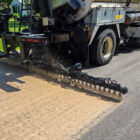


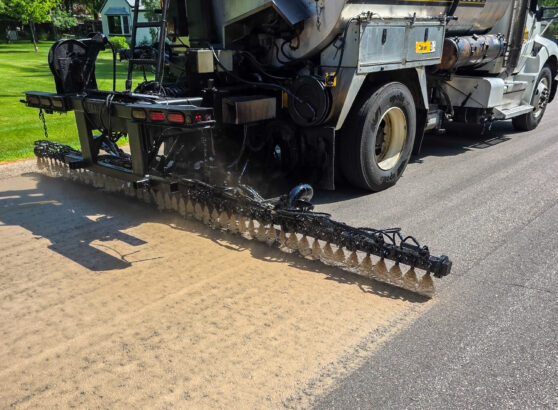

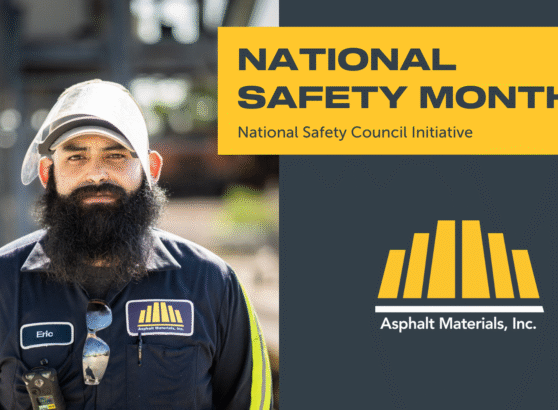
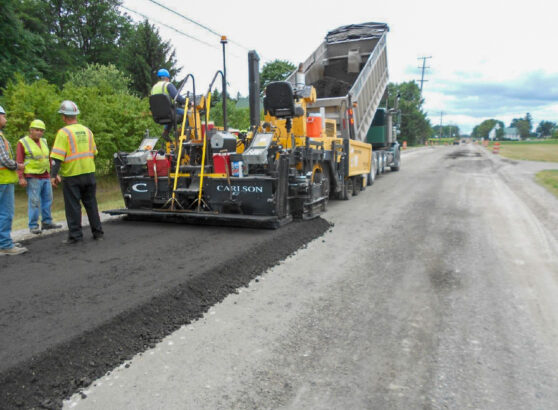

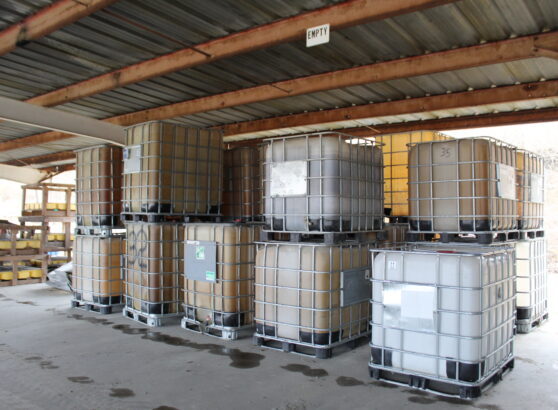






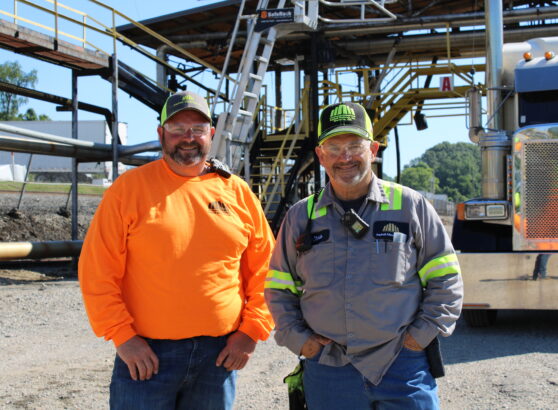

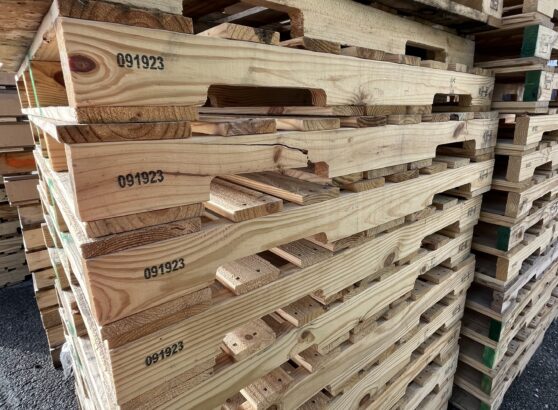
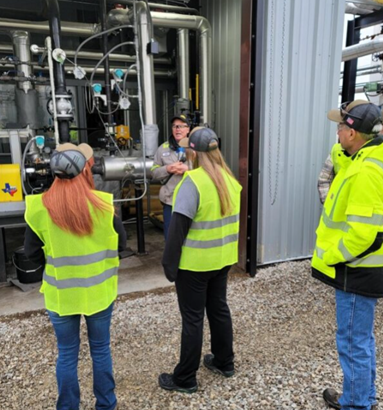








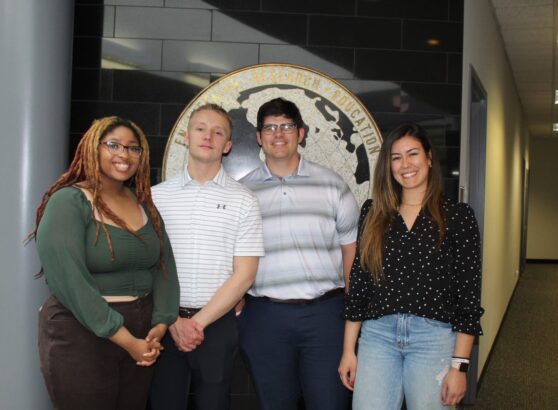



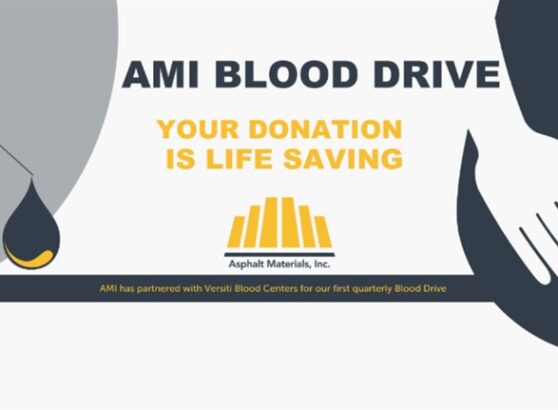


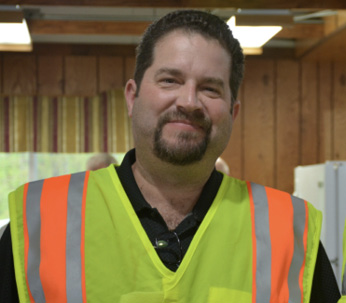
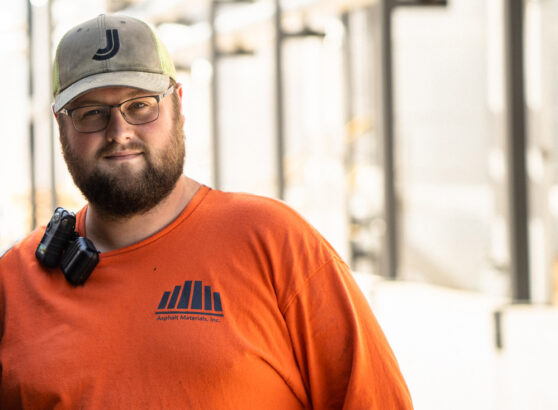






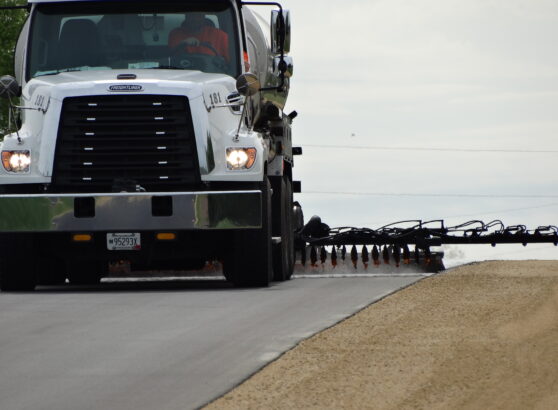

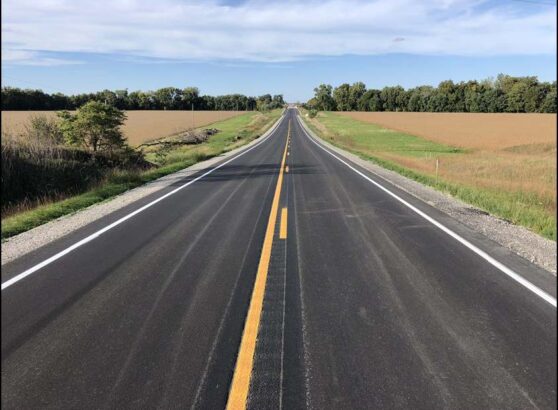




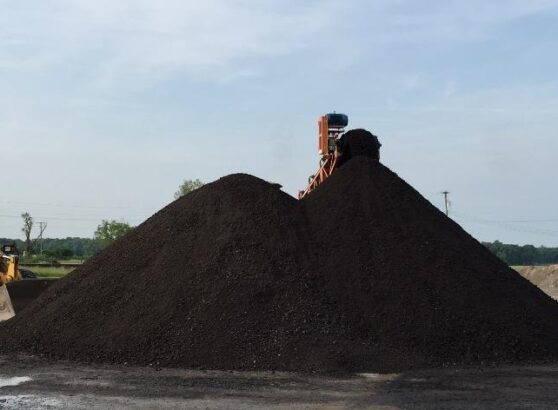

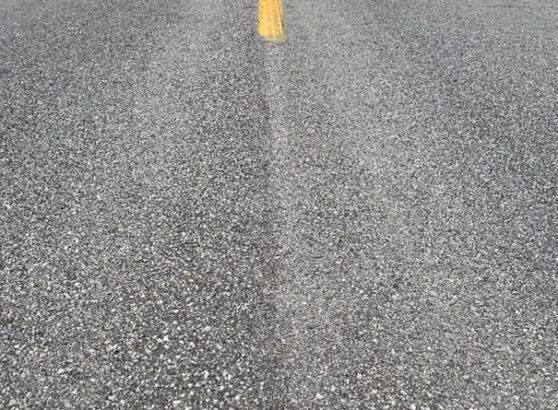


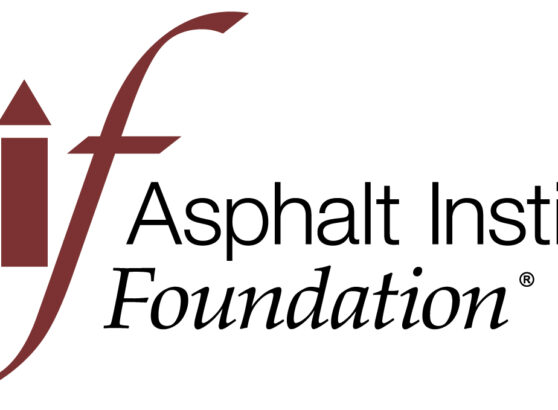




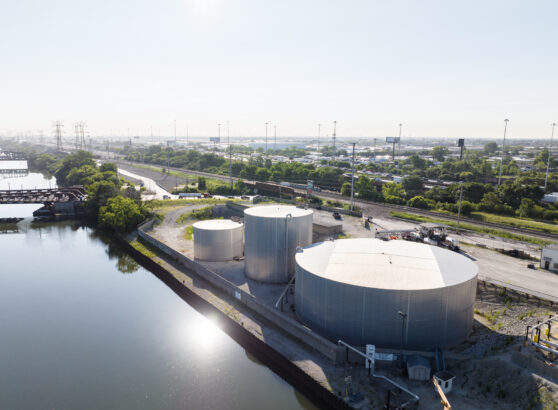




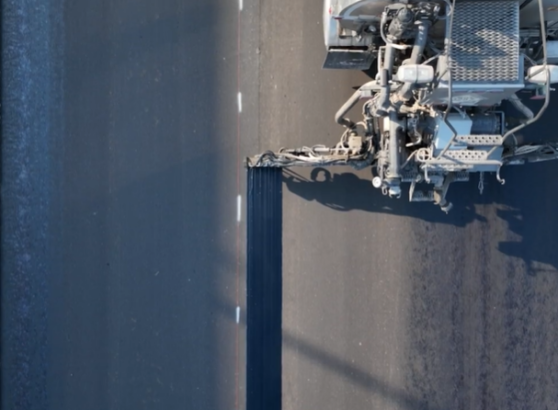


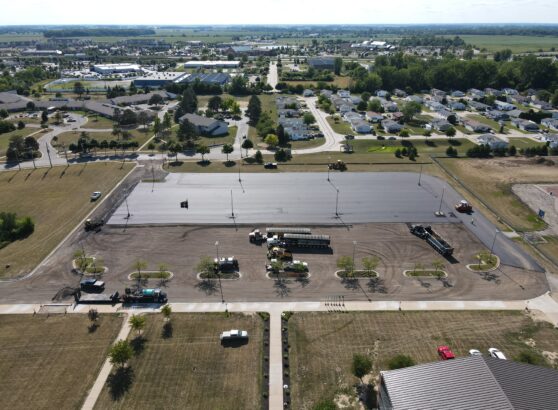








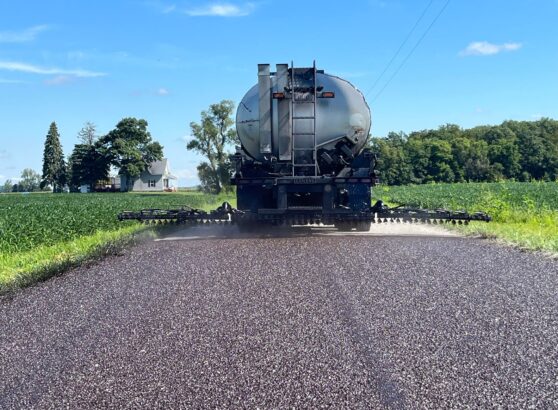



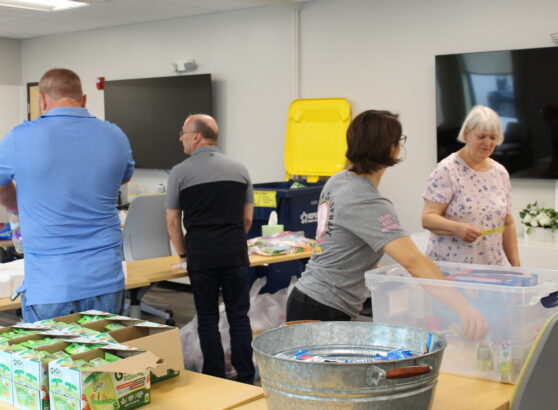
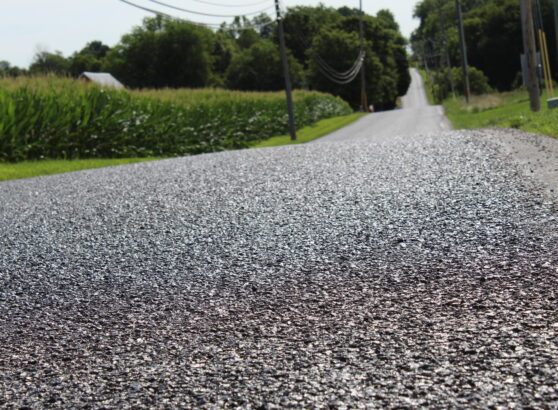



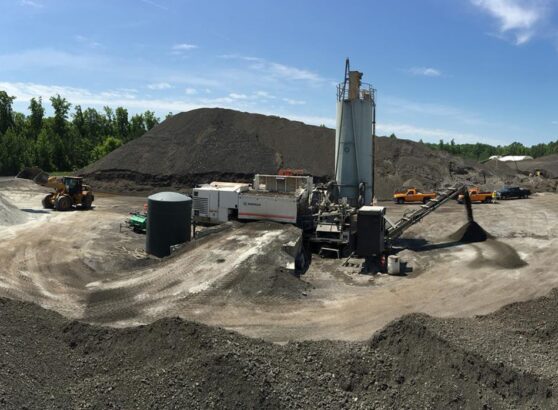



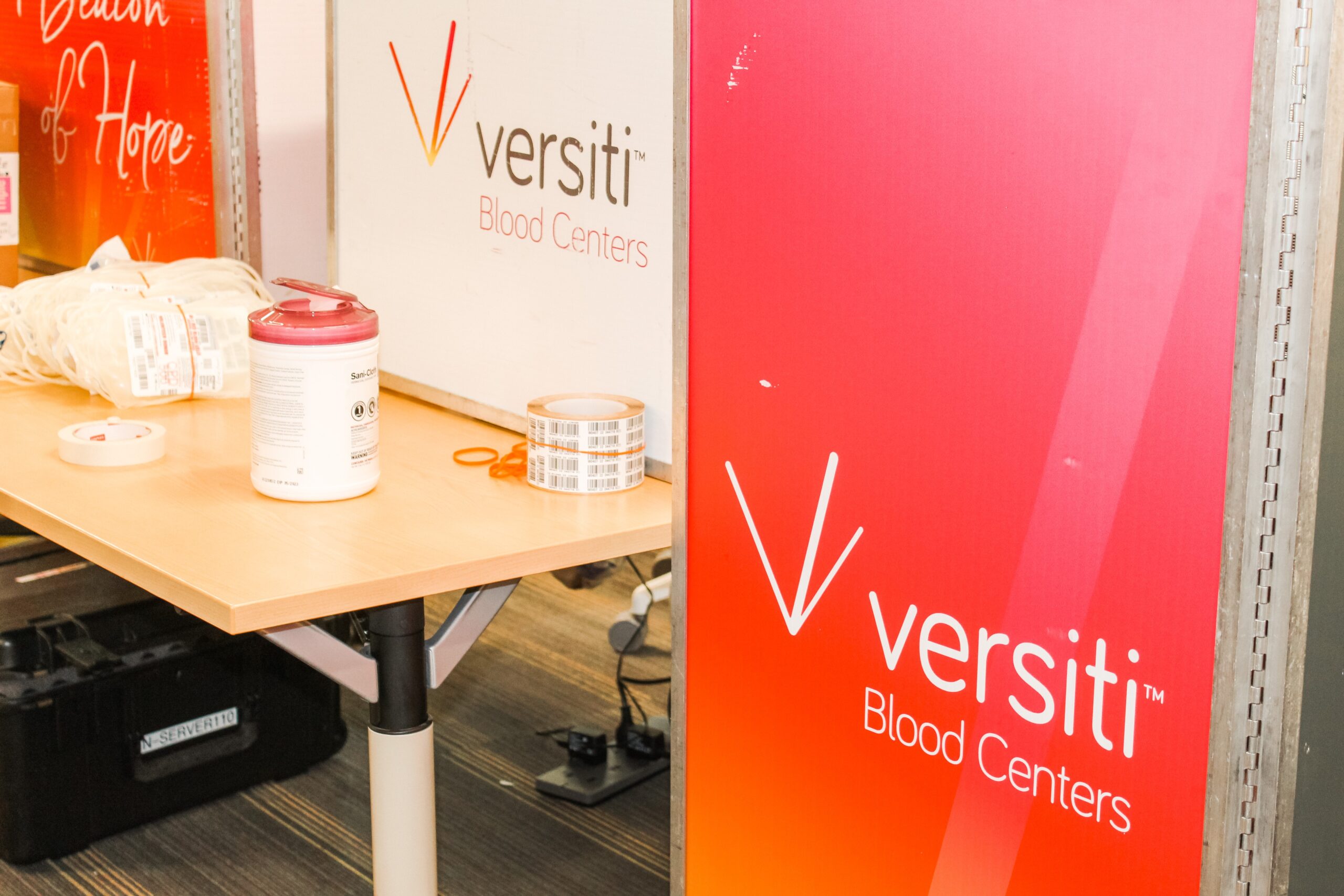


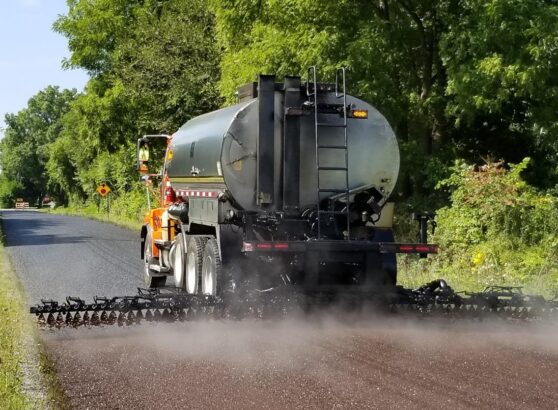

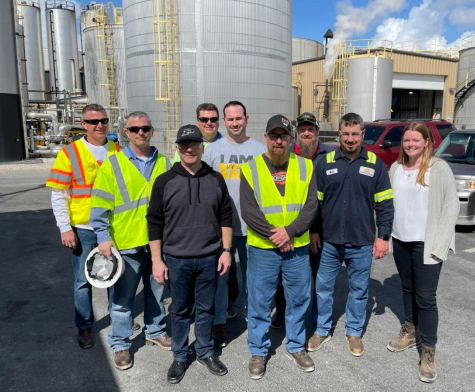























Recent Comments